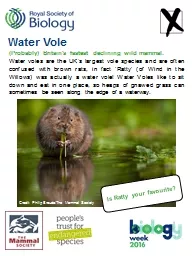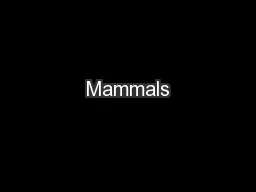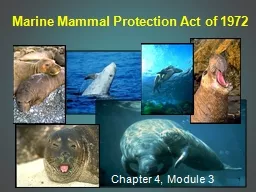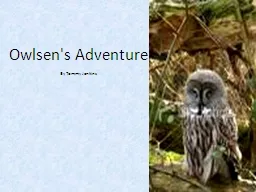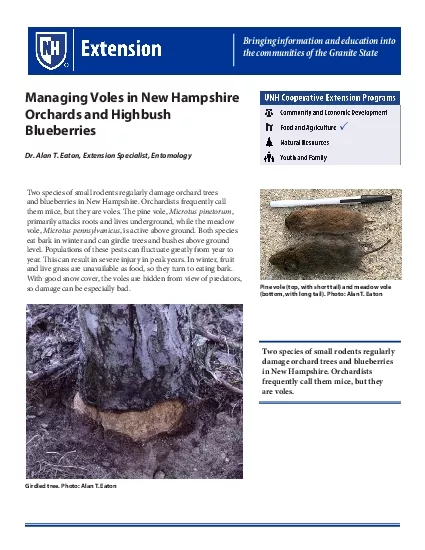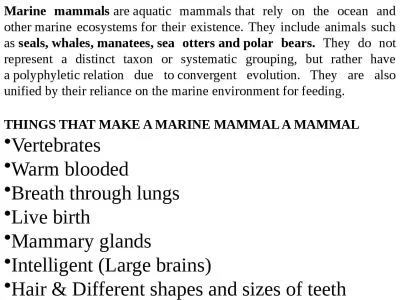PPT-Water Vole (Probably) Britain's fastest declining wild mammal.
Author : lois-ondreau | Published Date : 2018-10-28
Water voles are the UKs largest vole species and are often confused with brown rats in fact Ratty of Wind in the Willows was actually a water vole Water Voles
Presentation Embed Code
Download Presentation
Download Presentation The PPT/PDF document "Water Vole (Probably) Britain's fastest ..." is the property of its rightful owner. Permission is granted to download and print the materials on this website for personal, non-commercial use only, and to display it on your personal computer provided you do not modify the materials and that you retain all copyright notices contained in the materials. By downloading content from our website, you accept the terms of this agreement.
Water Vole (Probably) Britain's fastest declining wild mammal.: Transcript
Download Rules Of Document
"Water Vole (Probably) Britain's fastest declining wild mammal."The content belongs to its owner. You may download and print it for personal use, without modification, and keep all copyright notices. By downloading, you agree to these terms.
Related Documents

